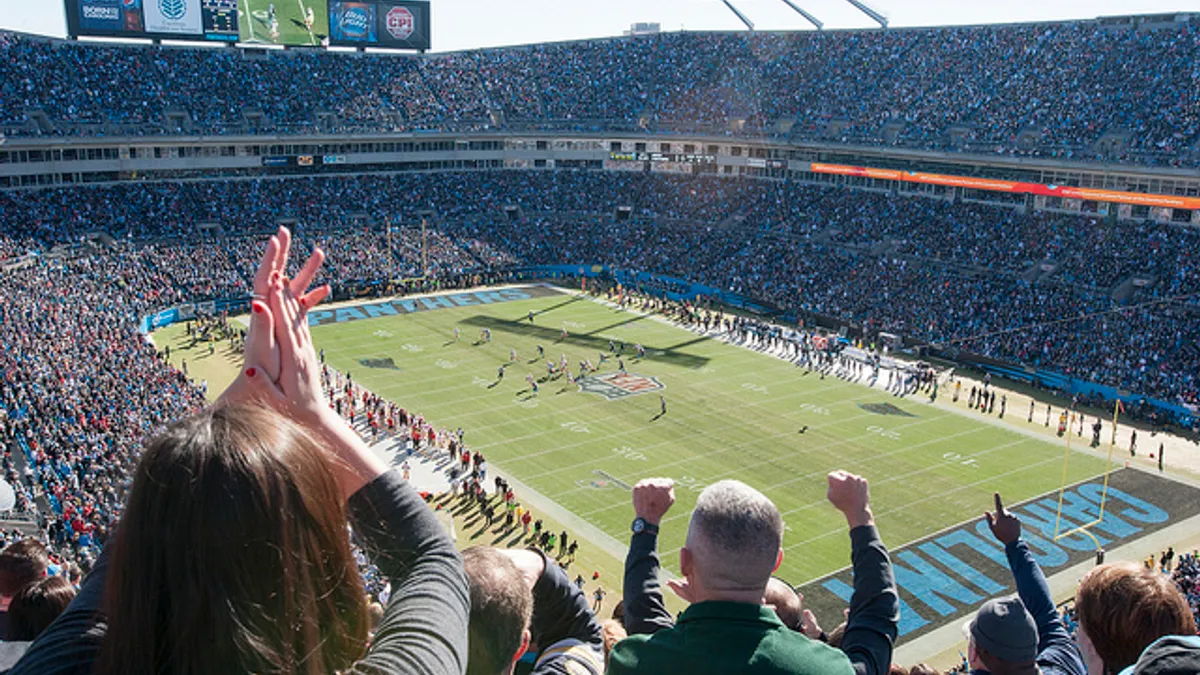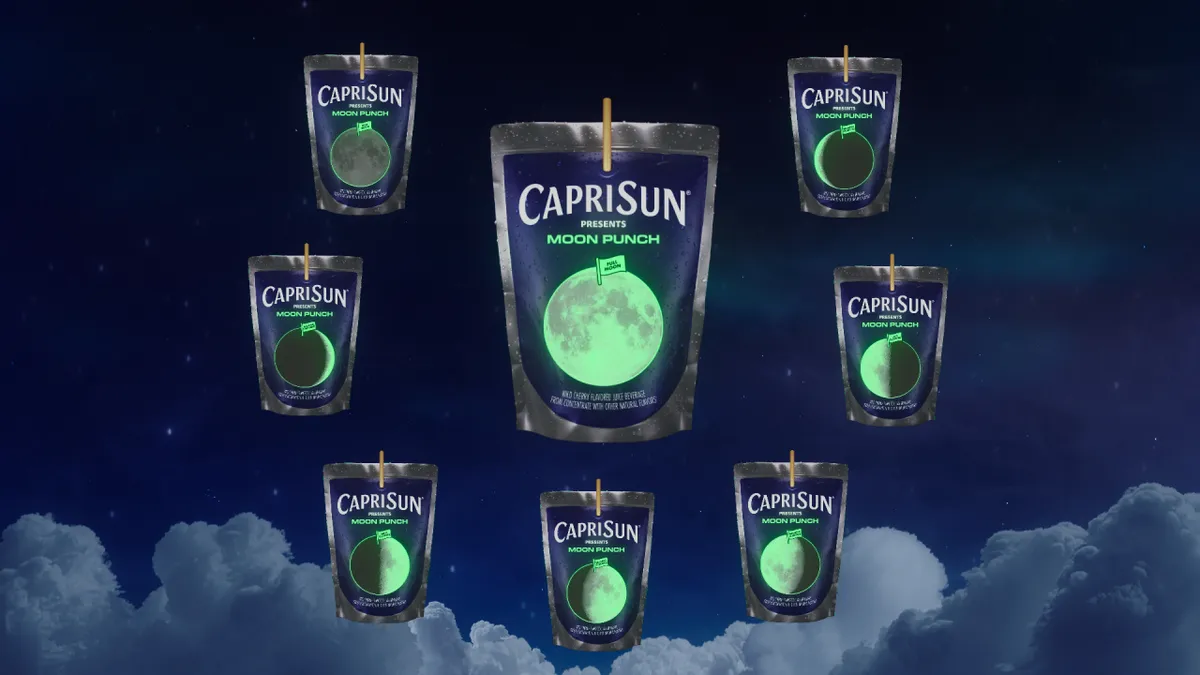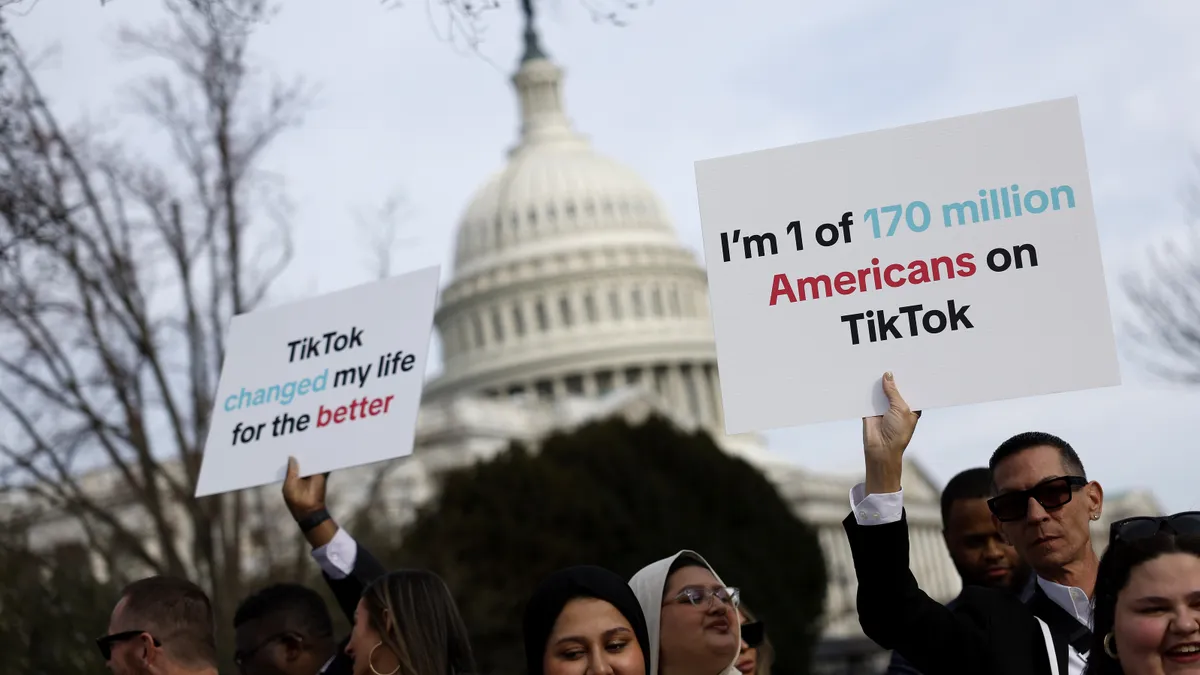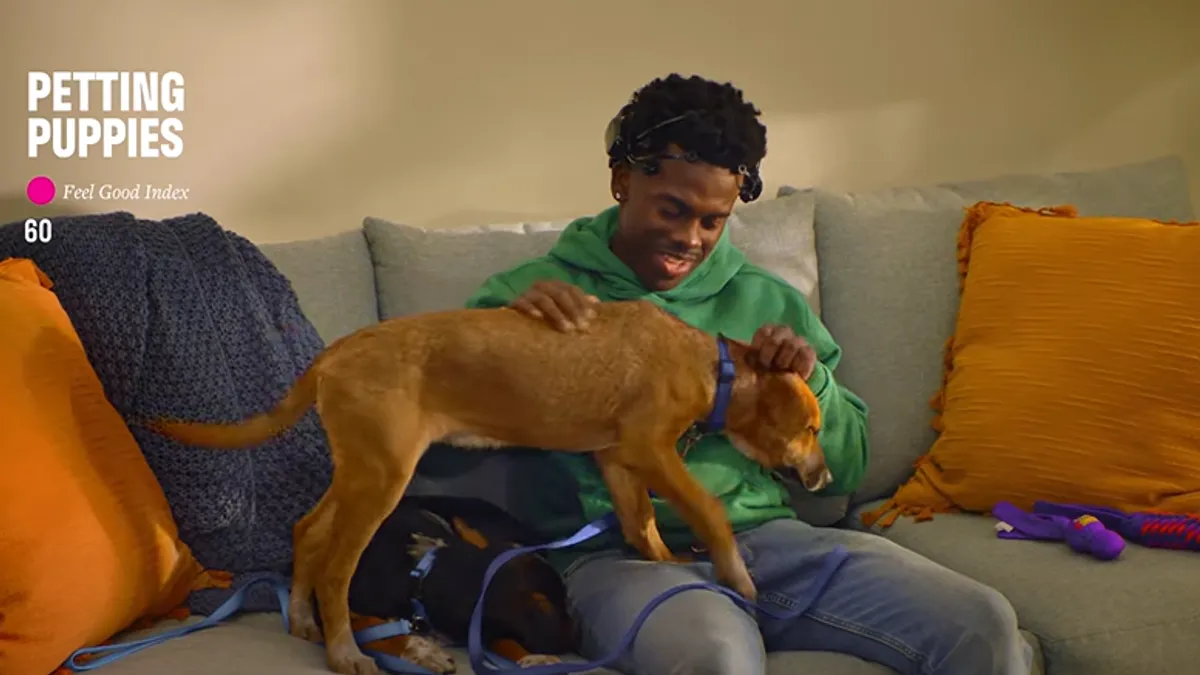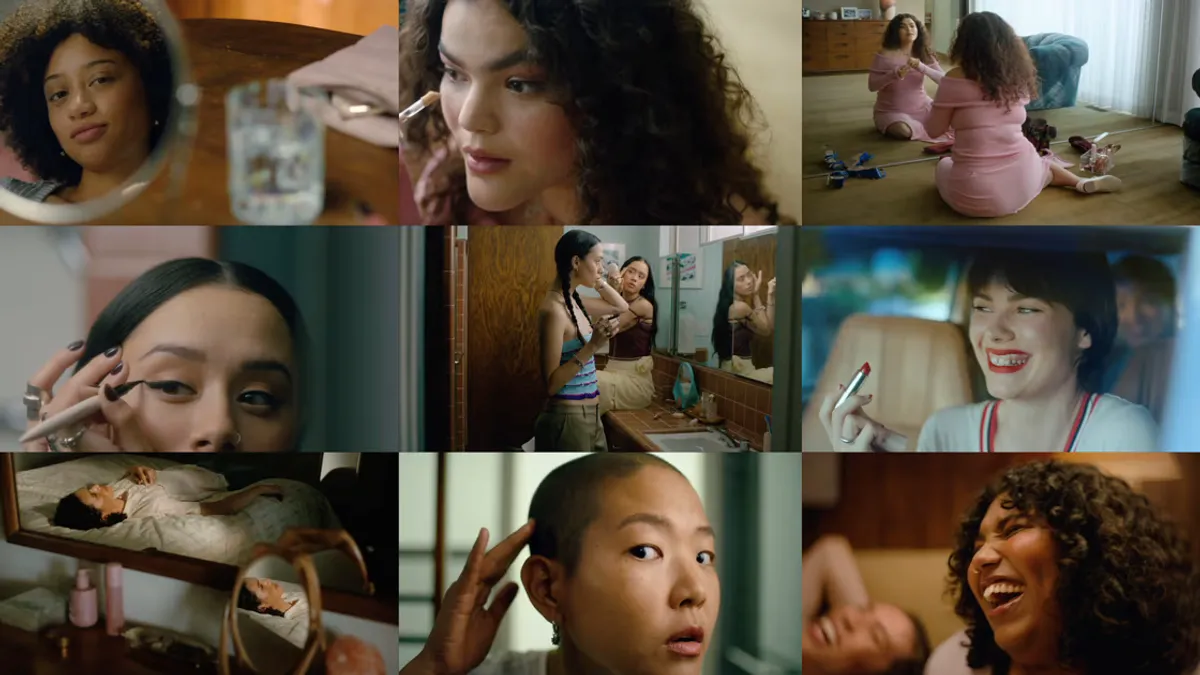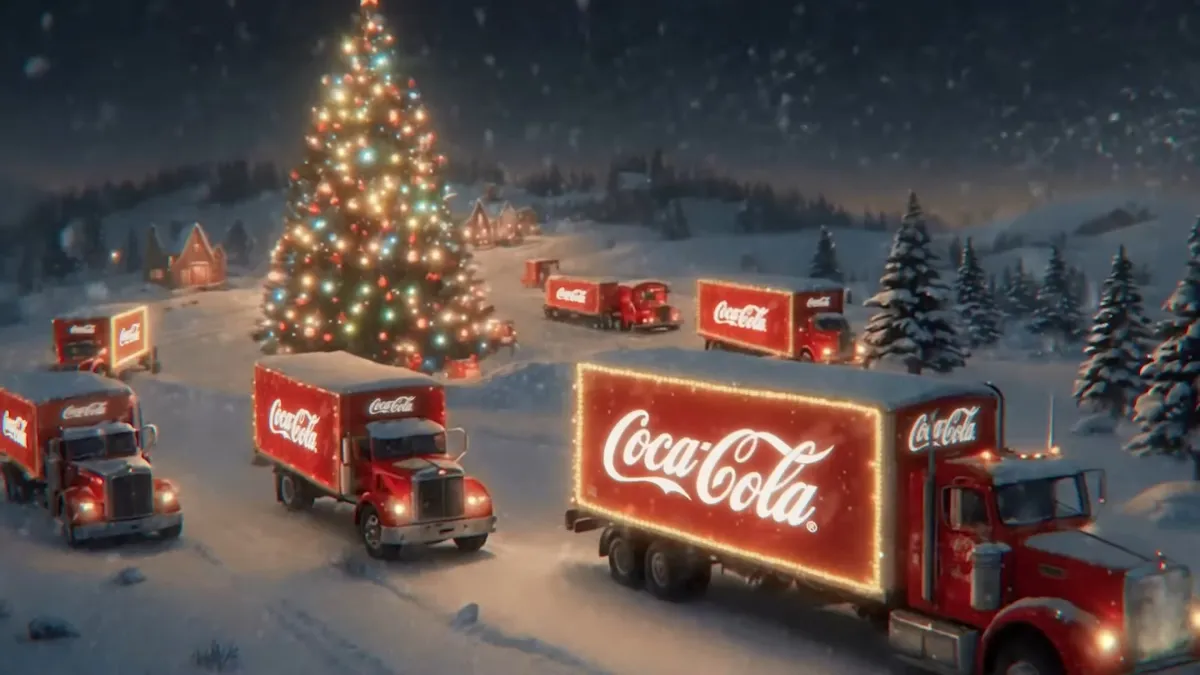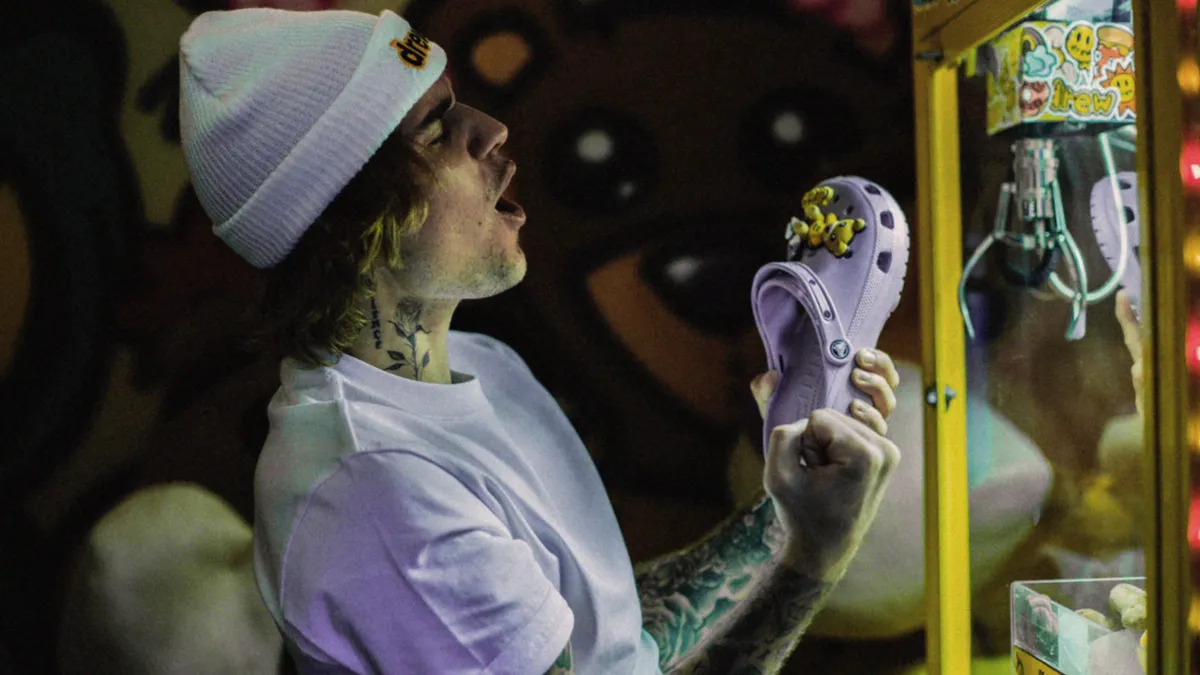An effective Super Bowl marketing strategy in 2016 takes more than just throwing a pass and hoping the receiver scores.
In the age of smartphones, tablets and multi-screen viewing, arguably, a successful Super Bowl campaign will take an omni-channel approach and will be peppered with agility. A recent study found approximately one-third of marketers are expected to advertise online, specifically on Snapchat.
"You have to recognize it's not just about showing up or being around it; there's going to be winners and losers," Derek Rucker, professor of entrepreneurial sales in marketing at the Kellogg School of Management, told Marketing Dive. "Who generated buzz online? That's the new dimension of Super Bowl advertising that brands have to pay attention to and that people look to to see who came out on top."
To cut through the noise, the key is to create content with staying power. Regardless of whether a brand can afford a coveted, multi-million dollar TV spot, it's no longer enough to simply be creative — you have to have the agility to tease the content leading up to the event, stay alert throughout the actual game for moments when you can chime in, and then keep your marketing push going afterward.
"What a really good Super Bowl campaign will do is maintain interest. We should be seeing results two weeks down the road; it should have stay power," Rucker said.
He explained that savvy brands will use the Super Bowl as a platform to generate excitement and fuel awareness leading up to the game and then use whatever momentum they've achieved to carry awareness in the weeks after. Data from Ace Metrix, which monitors the impact of video ads, found that 60% of brands teased their ads online ahead of the game.
At this stage, brands are expected to have more expansive, multi-channel campaigns going into the Super Bowl.
Anatomy of a good ad strategy
TV ad spending alone during the Super Bowl is estimated to reach $377 million — which is more than the combined amount spent on all Super Bowl ads in the 1960s, 1970s and 1980s, according to research from Ad Age's Datacenter. However, per an AdParlor report from December, 60% of surveyed marketers plan to advertise around the Super Bowl this year, and one-third of that total plan to advertise online only.
"Obviously, the barrier to entry is the cost of an in-game ad," AdParlor Director of Communications Paul Herdtner told Marketing Dive, calling the $5 million price tag for a 30-second spot "monstrous." What surprised the team most about the findings was the amount of marketers betting on Snapchat—31%.
To compare, Facebook scored 82%, YouTube 69%, Twitter 68% and Instagram 56%. Though the other platforms clearly dominate, when you think of "the relative dearth of data [Snapchat] has on its users" compared to the other platforms, Herdtner said they were shocked because "you just can't target that well" on Snapchat.
In fact, marketers are already signed up to advertise on the messaging app for the Super Bowl. According to Digiday, at least four brands — Marriott, Amazon, Pepsi and Budweiser — are set to sponsor the Super Bowl on Snapchat's Live Stories via a deal with the NFL. And citing sources with knowledge of the matter, Digiday reports that these ad packages will cost a "low seven figure" amount.
That eye-popping total is to be expected around the Super Bowl — even for social media ads. Herdtner said that AdParlor saw a spike in Facebook and Twitter ad demand during last year's big game and that "the price for qualified, targeted inventory experienced a 20-30% increase as advertisers worked to reach their target audiences."
Marketers might ask why social media ads matter for an event that hundreds of millions of people watch live on television, and the answer lies in multi-screen viewing. Most of us are second or even third-screen viewers with the game on the TV, but you have your phone and laptop or tablet on too, Rucker explained. He added that it’s one of the few times consumers are very much tuned in and interested in the ads, so if you can make a splash online, it’s worth it.
"It's part of our culture, we discuss the ads, we critique them, it's a massive festival and often for most of us the teams involved have very little interest, but the advertising is something we can all talk about,” Rucker said.
The biggest challenge is that competition for consumer attention is fierce, so if advertisers bring anything less than their strongest work — be it TV or online — they risk being ignored altogether. And while Rucker argues it’s harder to make a long-term splash using a purely digital strategy, it is very helpful for reacting in real-time to relevant branding opportunities throughout the game. Think: Oreo's famous tweet when the lights went out during the 2013 Super Bowl or Skittles tweeting at Seattle Seahawks player Marshawn Lynch for eating the candies on the sideline.
There's a slew of brands already teasing their ads to drum up interest ahead of the game, including Skittles (you can view their ad above). But most important, experts agree, is to have a post-game plan ready to go. And it’s not going to Disney World; in fact, it’s far from a vacation.
"The last thing a brand wants to do is to invest in a big game ad, make a splash among millions of people, and then go quiet," Kristen Mandel, Butterfinger’s marketing manager, told Food Dive in an e-mail. "So, you can expect to see Butterfinger continue communicating its repositioning news with continuity across TV, digital and other consumer touch points in order to firmly establish 'Butterfinger Bolder Than Bold' throughout the year.”
An emotive touchdown
One sure way to connect with consumers is to appeal to their emotions. Last year, Ace Metrix found that 22% of Super Bowl ads tapped into emotions in ads last year, compared to only 2% of ads in 2010. "Some of the most viral ads are emotional," Ace Metrix VP of Marketing Jason Zazzi told Marketing Dive.
Experiential marketing is becoming a strong avenue for brands across all categories, including food and beverage. In fact, Ace Metrix said it has seen a shift to more positive messaging that truly takes into account the user experience. The trend is clear, and marketers are taking notice.
"We want to tap into what our consumers do, and what they are passionate about in order to be credibly relevant in their lives," Butterfinger's Mandel said. “I believe you’ll continue to see more food marketers doing the same."
Butterfinger’s game plan plays into many different marketing tactics, all hoping for touchdowns with audiences watching the game on TV and participating on social channels. The growth of social media engagement, particularly for food brands, offers a unique opportunity to connect with consumers on a more personal level.
In Q1, Mandel said to expect to see a push in traditional media like TV plus Facebook, Twitter, and influencer contributions. The Butterfinger spot will air in Q3 with teaser content on many platforms to keep people engaged before, during, and after the game, according to Mandel.
Not all food and beverage marketers are taking this route. Coca-Cola, with its new “Taste the Feeling” campaign, is a prime example of a company focusing on product-centric marketing. Products and ingredients are increasingly relevant to a brand’s overall story as consumers pay more attention to what’s in their food and and ask for transparency. Still, connecting with consumers is paramount to a brand’s success.
“A brand has to qualify as important and relevant in a consumer’s life, instead of simply being seen as another product trying to drive sales,” according to Mandel.
According to Rucker, food brands can generally take risks, because they don’t always have to worry about brand positioning. They can have fun with what they present to consumers — and already have a clear idea about what will resonate. And this is just one of the reasons that makes Super Bowl marketing exciting for both advertisers and consumers, he explained.
"It really is a cultural phenomenon that's created a zeitgeist around it," Rucker said. "We show up to watch the game, watch the halftime show and watch the ads. We have no sure bets on the game itself, but we know the ads will be good."
Editor's note: This piece also appears on our sister site, Food Dive. Stay up-to-date with all the latest news on the food industry there.


